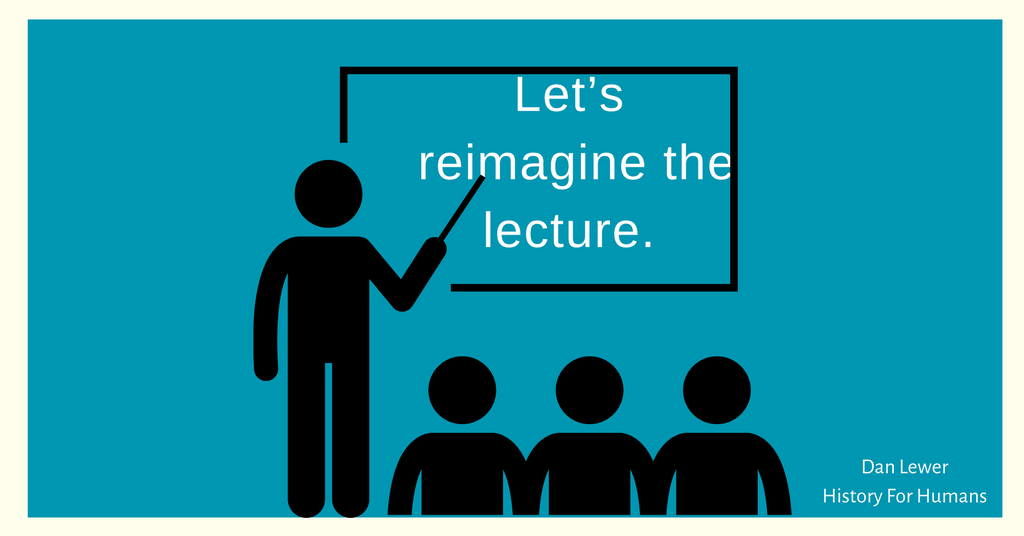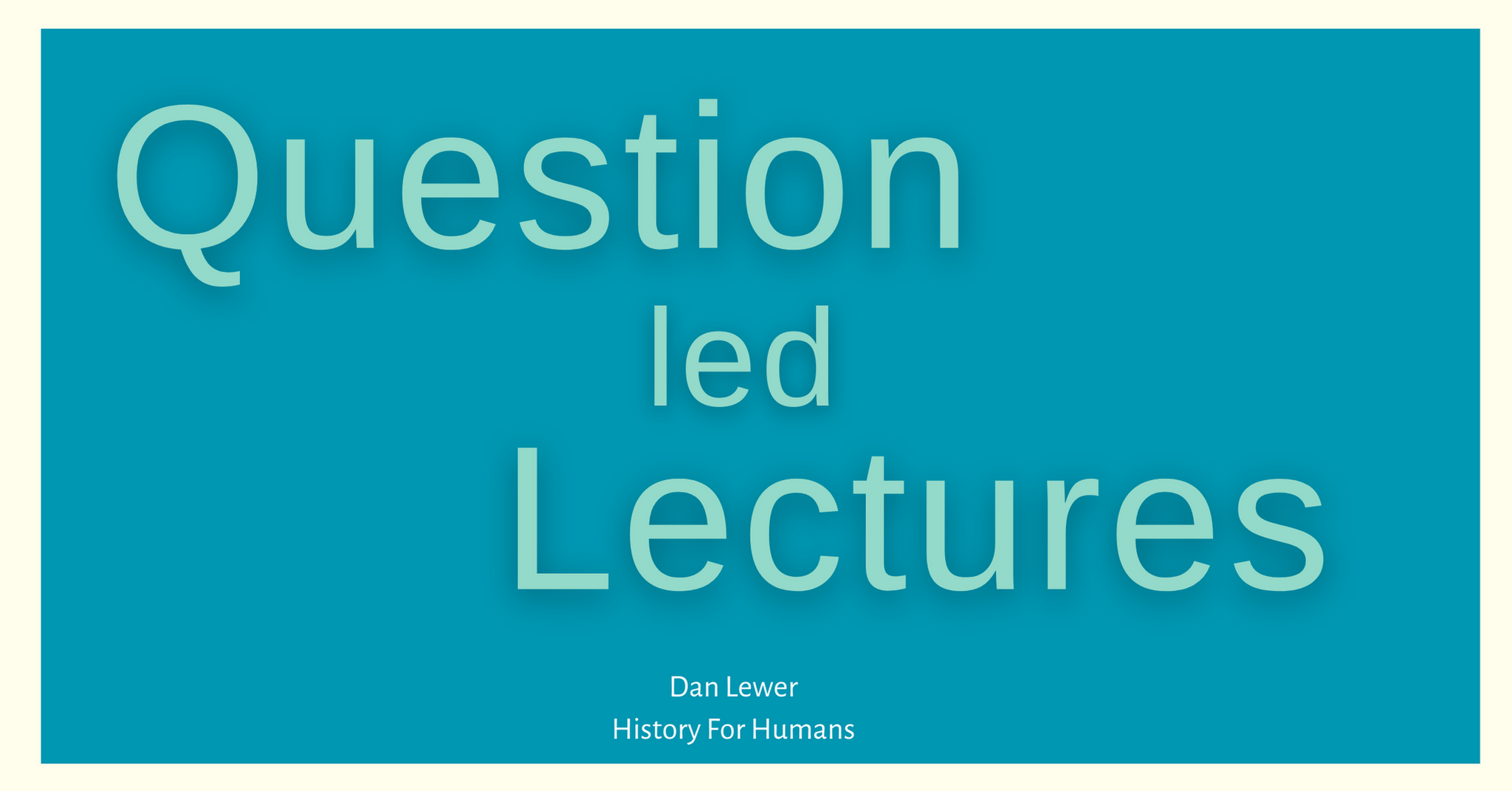A Simple Way to Improve Lectures
Improve all your lectures in just two-minutes!
A lecture does not have to be a one-way conversation where we just deliver a bunch of answers to students that they never asked in the first place. If we can get students to come into our lectures with questions and tap into their curiosity, we just might be able to get students to lean into our lectures.
Try this simple activity to make lectures more engaging.
Before lecturing give students a few minutes to come up with questions about the topic. There’s a couple ways you can do this.
-
Tell students the topic or the ‘headline’ of the lecture. “I’m going to be lecturing on how the mighty Roman Empire collapsed and what led to its fall. But first, I want you to come up with a few questions about anything that relates to this topic.”
-
Show students a captivating image that relates to the headline of the lecture. Maybe its a photograph of the bombing of Pearl Harbor or a before-and-after map of the Roman Empire. “Students, I want you and your table partners to carefully look at this map because it relates to what I will be teaching you today and I want you to create some questions about what you see, notice, or wonder.”

If you are regularly providing opportunities for students to ask questions, they will be able to generate different levels of questions in just a few minutes. If creating their own questions is new to them, they will need more time.
This simple act of creating a few questions has major consequences. First, it helps students develop that curiosity muscle that is desperately lacking in many students. Curious students are engaged students! Secondly, it gives them an additional reason to pay attention to the lecture. They now have some skin in the game.
The lecture is no longer just you telling students what they should think about. It is delivering information that will (or might) help them answer their own questions.
After a few minutes, I call on a few volunteers to share their best questions and record these on the board.
As I get into the lecture, I task students with trying to see if these questions get answered. If and when they are answered, we check them off as we go.

What if their questions are not answered?
If my planned lecture didn’t answer any of those questions, it's not hard to take a little detour and go over them. Or, time permitting, you could have a little discussion after the lecture and answer them informally.
It is okay though if many questions go unanswered. It still helped students go into the lecture thinking and wondering and this is what makes all the difference.
Besides, it’s a sign of a truly impactful lesson that students walk away with questions they still want answered.
If you are interested in learning more about how to make lectures more interactive and impactful, I have a full module on that topic in my course, “Make History Engaging, Exciting, and Empowering.” The course is designed to get students curious, interested, and finding value in history while doing meaningful work!





Leave a comment